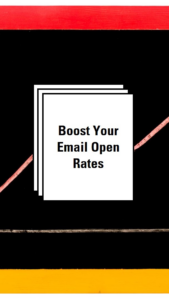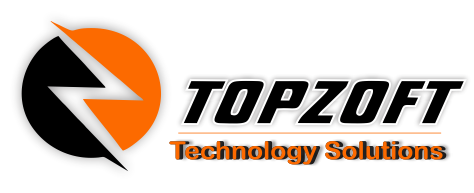Introduction:
In a world inundated with digital noise and competing messages, capturing the attention of subscribers and achieving higher open rates is a perpetual challenge for email marketers. However, with the right strategies and techniques, brands can cut through the clutter and engage their audience effectively through email marketing. In this guide, we delve into proven techniques and best practices for crafting compelling email campaigns that drive higher open rates and foster meaningful connections with subscribers.

1. Personalization and Segmentation:
Personalization is the cornerstone of effective email marketing. By segmenting your email list based on demographics, interests, and past behavior, you can tailor your messaging to resonate with the unique preferences of each subscriber. Leverage data such as purchase history, browsing behavior, and engagement metrics to deliver targeted and relevant content that speaks directly to the needs and interests of your audience.
Additionally, use dynamic content blocks and merge tags to personalize email subject lines, greetings, and recommendations based on subscriber data. By making each email feel like a one-to-one conversation, you can increase relevance and engagement, leading to higher open rates and click-through rates.
2. Compelling Subject Lines:
The subject line is the first impression subscribers have of your email, making it crucial for capturing their attention and enticing them to open. Craft compelling subject lines that are concise, clear, and curiosity-inducing, while also conveying the value proposition or benefit of opening the email.
Experiment with different subject line strategies, such as using emojis, asking questions, including numbers or statistics, or creating a sense of urgency or exclusivity. A/B test different variations to identify what resonates best with your audience and consistently monitor and optimize subject line performance to maximize open rates.
3. Timing and Frequency:
Timing plays a significant role in email open rates, as sending emails at the right time can significantly impact engagement. Analyze your audience’s behavior and preferences to determine the optimal times for sending emails based on factors such as time zone, industry, and demographics.
Additionally, consider the frequency of your email campaigns and strive to strike a balance between staying top-of-mind with subscribers and avoiding email fatigue. Monitor engagement metrics such as open rates, click-through rates, and unsubscribe rates to gauge the effectiveness of your email cadence and make adjustments as needed to optimize performance.
4. Engaging Content and Design:
The content and design of your emails play a crucial role in capturing and maintaining subscriber interest. Create visually appealing and mobile-responsive email templates that render seamlessly across different devices and email clients. Use compelling imagery, concise copy, and clear calls-to-action to guide subscribers through the email and encourage them to take the desired action.
Experiment with different content formats, such as videos, GIFs, interactive elements, and user-generated content, to keep emails fresh and engaging. Incorporate storytelling techniques and personalize content based on subscriber preferences to create a more immersive and relevant experience that resonates with your audience.
5. Optimize for Deliverability:
Ensure your emails are delivered to subscribers’ inboxes by adhering to best practices for email deliverability. Maintain a clean and up-to-date email list by regularly removing inactive or invalid email addresses and honoring unsubscribe requests promptly. Use double opt-in confirmation for new subscribers to verify email addresses and minimize the risk of spam complaints.
Additionally, optimize email authentication protocols such as SPF, DKIM, and DMARC to improve email deliverability and protect your sender reputation. Monitor deliverability metrics such as bounce rates, spam complaints, and inbox placement rates to identify and address any deliverability issues proactively.
Conclusion:
Achieving higher open rates in email marketing requires a combination of strategic planning, thoughtful execution, and ongoing optimization. By personalizing content, crafting compelling subject lines, timing emails effectively, creating engaging content and design, and optimizing for deliverability, brands can increase the likelihood of capturing subscribers’ attention and driving meaningful engagement through email campaigns.
As you implement these effective email marketing techniques, remember to continuously monitor and analyze key metrics to measure the success of your campaigns and identify areas for improvement. By staying agile, experimenting with different strategies, and adapting to evolving subscriber preferences, you can refine your email marketing approach over time and achieve higher open rates that contribute to your overall marketing success.



